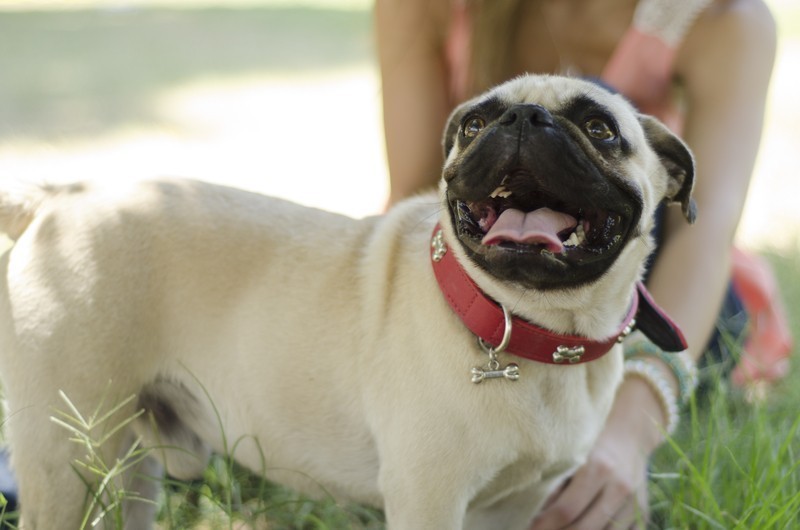Look below to get an accurate estimation of your pup’s age. He may be five (5) years in our estimation but what does it mean in dog years?
Step 1
Estimate your dog's age if you don't know exactly when your dog was born. A dog's age usually can be determined by the state of his teeth. A puppy gets all of his baby teeth by 8 weeks of age and permanent ones by 7 months, according to WebMD. A dog 1 to 2 years old has little tartar buildup, and a dog up to 5 years old has some wear and yellowing of the teeth. Dogs over 5 years old may have serious tartar buildup and dental disease. Senior dogs, over 10, may also show signs of graying fur, cataracts and joint disease.Step 2
Determine if your dog's size is considered small, medium or large. Small dogs weigh less than 20 pounds, medium dogs range between 21 and 50 pounds and large dogs are over 50 pounds in size. While most dogs age at the same rate until they reach 5 years old, after this age, larger breeds age more rapidly than smaller ones, affecting the calculation of the dog's age in human years.Step 3
Calculate the approximate human age of your puppy by multiplying the age in months by 2 for puppies up to 5 months old. Puppies age very rapidly during their first year of life, especially during these first 5 months, a rate of growth which decreases as the dog approaches his first year of life.
Multiply the age in months by 1.5 for puppies from 6 months old to 8 months old to account for the decreased rate of aging.
There are more steps and to follow them please go to The Daily Puppy.
When we have a better idea how old our dogs really are we can begin to understand their temperament and why they may be less energetic or more energetic you think they should be for their age.
But remember, no matter the dog-age love and care for your pooch and they’ll be your friend until the end of time!











Patricia Reiss
- Edit
Multiplying by 7 was a lot easier. Phew, this will take a while to figure out and learn. !
Echo Allen
- Edit
Link broken